Environmental Engineering Reference
In-Depth Information
Layer 1 C T = i
Concentration (ug/L)
Layer 1 C T = 10 years
Concentration (ug/L)
N
WE
S
N
WE
S
1,000
1,000
Feet
Feet
Layer 2 C T = i
Concentration (ug/L)
Layer 2 C T = 10 years
Concentration (ug/L)
N
WE
S
N
WE
S
1,000
1,000
Feet
Feet
Layer 3 C T = 10 years
Concentration (ug/L)
Layer 3 C T = i
Concentration (ug/L)
100
N
WE
S
N
WE
S
7
7
1,000
1,000
Feet
Feet
FIGURE 7.3
Ten-year predictions of 1,4-dioxane simulations in three hydrogeologic layers under pump-off
scenario with 1,4-dioxane half-life of seven years. (After Chiang, D., Zhang, Y., Glover, E., Harrigan, J., and
Woodward, D., 2006, In: B.M. Sass (Ed.),
Proceedings of the Fifth International Conference on Remediation
of Chlorinated and Recalcitrant Compounds
, Paper G-70. Columbus, OH: Battelle Press.)
Possible biological mechanisms for natural attenuation of 1,4-dioxane are being evaluated at
Air Force Plant 44, in Tucson, Arizona, using a parallel approach to that typically undertaken for
the evaluation of natural TCE biodegradation. Baseline geochemical conditions were dei ned,
including analysis of cations, anions, dissolved gases, total organic carbon, and alkalinity.
BioTrap™ sampling for quantitative polymerase chain reaction (qPCR) was performed to verify
the presence and abundance of bacteria and enzymes capable of aerobically degrading TCE and
1,4-dioxane. The targeted microorganisms and enzymes include methanotrophs (MOB), soluble
methane monooxygenase (sMMO), phenol hydroxylase (PHE), ring hydroxylating toluene mono-
oxygenase (RMO), and toluene dioxygenase (TOD). This phase of study revealed that MOB and
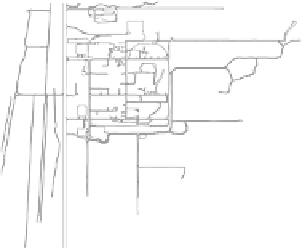

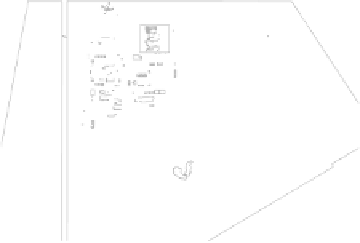





















































































































































































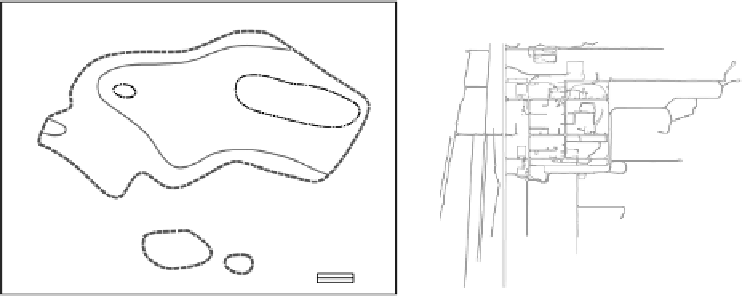

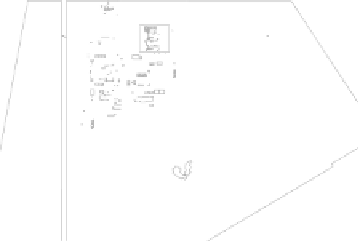

























































































































































































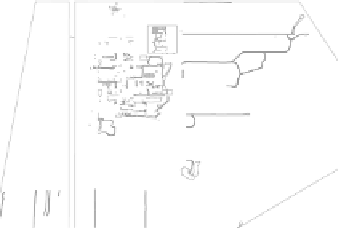


























































































































































































































































































































































































































































































































































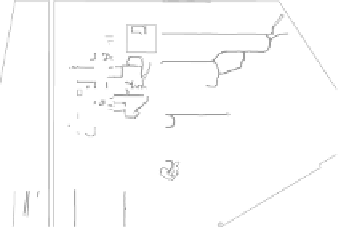
























































































































































































































Search WWH ::

Custom Search